This watercolor by François-Auguste Ravier (1814-1895) perfectly illustrates the luminous and atmospheric sensitivity that defines his work. The composition highlights a landscape bathed in diffuse light, where the sky occupies a large part of the surface, enveloping the scene in a golden mist. A slender, sinuous tree stands in the center, while another, more vaporous, appears in the background, almost ghostly. The contours are deliberately softened, the forms blending into one another, conveying the immediacy of a fleeting impression.
Ravier, an admirer of Turner, here exploits the transparency and fluidity of watercolor to render effects of light and atmosphere, favoring synthesis over meticulous description. The delicately nuanced colors shift between warm and cool tones, giving the scene a subtle and poetic vibration. This approach, between Romanticism and pre-Impressionism, makes Ravier a forerunner in the art of capturing the fleeting essence of the landscape, far from any search for topographical accuracy.
Auguste Ravier studied law in Paris from 1833 to 1839. He began painting in Montmartre and the Forest of Fontainebleau before studying painting at the École des Beaux-Arts in Paris under Théodore Caruelle d’Aligny and Jules Coignet. In the summer of 1835, he traveled to Royat, in Auvergne, where he met Corot, who gave him valuable advice and became a major influence on his work.
He traveled to Italy, likely at Corot’s suggestion, and stayed there from 1840 to 1845. Upon returning to France, he withdrew to isolated rural areas, first in Crémieu in 1852 and then in Morestel in 1868, where he would live until his death.
Once settled in Morestel, Ravier began painting the local countryside-streams, ponds, and rolling plains bordered in the distance by the first mountains of Savoy. His style evolved from early neoclassicism to romantic landscape painting, and his work is notable for the complete absence of the human figure. Ravier loved to capture the effects of twilight light, the interplay of shadows and light, the slow changes in atmosphere at dusk, and the cool tones of clouds contrasted with the warm hues of the setting sun reflected in ponds, which he painted with bold colors. He found watercolor to be an ideal medium for capturing fleeting moments, tracing reds, oranges, and greens across his skies to contrast with the grayness of rainy landscapes, which he confined to the lower part of the canvas. In Le lavoir de Morestel, he reversed the traditional relationship between form and background: the sky stands out in energetic strokes against the dark mass of trees. The sky, as a source of light, thus becomes the main element of his work. In the artist’s own words, “everything is in the sky, the clouds and the atmosphere intoxicate me, it is inexhaustible, infinite.”
Although he lived in seclusion in Morestel, Auguste Ravier maintained close ties with painters of his era. He corresponded extensively with his contemporaries and hosted many artists during their travels in Italy. Some painter friends also settled near him around Morestel. Recognized by his peers, Ravier’s work was nevertheless rarely exhibited during his lifetime. His apprehension about facing criticism, combined with financial comfort, led him to avoid salons and exhibitions except on rare occasions throughout his life.
Public collections France: Paris, Musée d'Orsay; Paris, Louvre Museum; Aix-les-Bains, Musée Faure; Lyon, Musée des Beaux-Arts; Morestel, Maison Ravier; Brest, Musée des Beaux-Arts; Grenoble, Musée de Grenoble; Marseille, Musée Cantini; Reims, Musée des Beaux-Arts; Toulon, Musée d’Art... United States: Cleveland, Cleveland Museum; Washington, National Gallery of Art... United Kingdom: Cambridge, Fitzwilliam Museum...


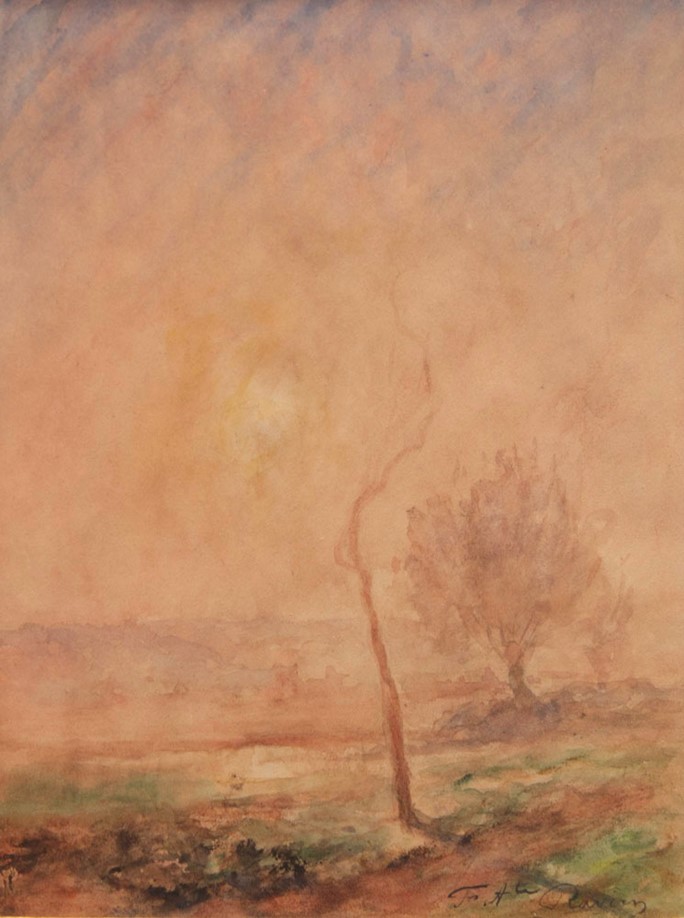



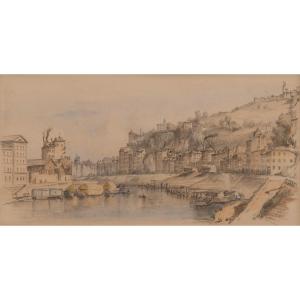

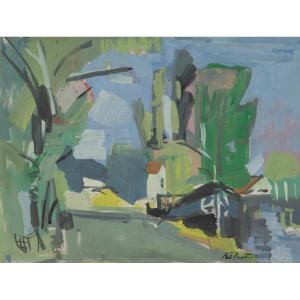

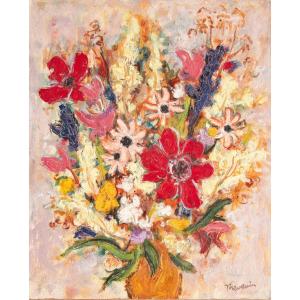
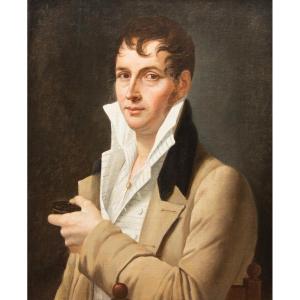

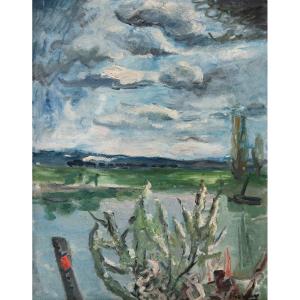














 Le Magazine de PROANTIC
Le Magazine de PROANTIC TRÉSORS Magazine
TRÉSORS Magazine Rivista Artiquariato
Rivista Artiquariato